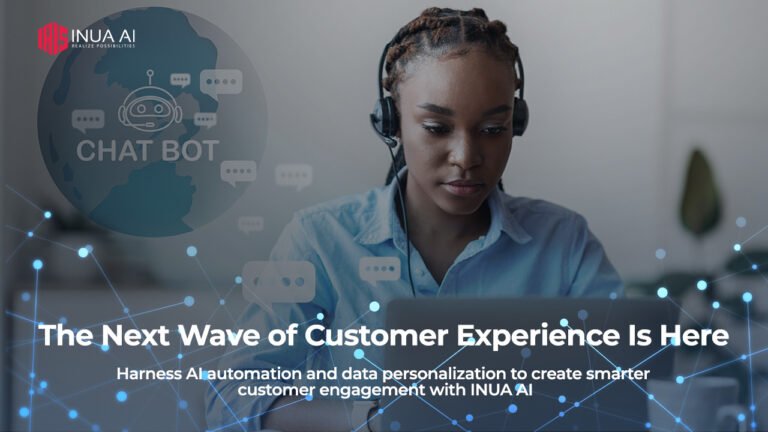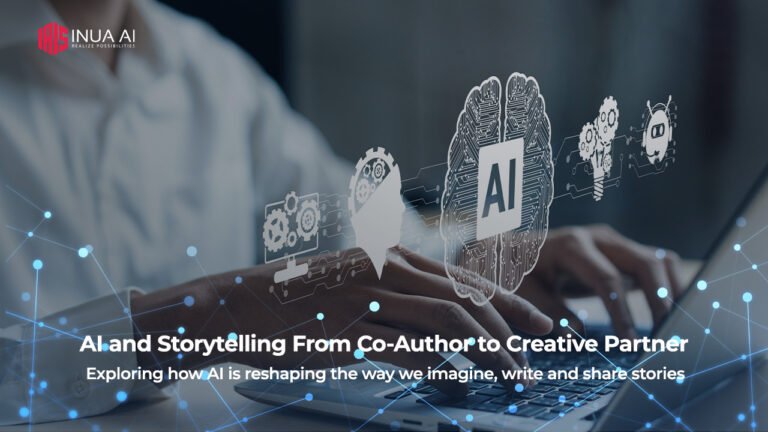In the ever-evolving landscape of artificial intelligence, one question continues to spark debate: Can machines truly be creative? As AI systems compose symphonies, paint surreal landscapes, write poetry, and even design clothing, the lines between human imagination and machine-generated content are becoming increasingly blurred.
But is this creative revolution rooted in genuine imagination—or is it a high-speed act of mimicry performed by powerful algorithms?
Understanding Creative Intelligence
At its core, creativity is the ability to generate something novel, valuable, and unexpected. For centuries, we’ve thought of it as a uniquely human trait, fueled by intuition, emotion, memory, and cultural context. Artists, musicians, writers, and designers have long been revered for their ability to express the inexpressible.
AI, on the other hand, operates on patterns, probabilities, and data. Generative models like GPT, DALL·E, and Google’s MusicLM use billions of data points to produce output that resembles human-made work. They can replicate artistic styles, invent fictional characters, or produce jazz that sounds like it came from a seasoned composer.
But does that make them creative? Or simply brilliant imitators?
From Replication to Innovation
Critics argue that AI lacks intent—it does not mean to express anything. A machine does not feel, and therefore cannot infuse its work with emotion or original purpose. And yet, what happens when an AI-generated story moves someone to tears? Does the emotional response validate the work’s creative merit, even if the “artist” has no self-awareness?
Some researchers suggest that creativity may not be about consciousness at all. Instead, it could be defined by impact and interpretation. If an AI-generated piece of art resonates with a human audience, challenges their thinking, or opens up new possibilities, can we still deny its creative value?
AI as Collaborator, Not Competitor
One of the most powerful shifts we’re seeing is not AI replacing human creatives, but augmenting them. Artists across disciplines are now using AI tools to experiment, brainstorm, and push boundaries they may not have reached alone.
Filmmakers use AI to storyboard faster. Writers use language models to break through creative blocks. Musicians use AI to remix old genres into something entirely new. In this light, AI becomes less of a “creator” and more of a creative partner—one that brings speed, variation, and limitless possibilities to the table.
This collaboration is inspiring for creators from underrepresented backgrounds, offering tools that lower barriers to entry and expand access to high-level production capabilities.
But What About Originality?
A common critique of AI art is that it lacks authenticity. If AI is trained on existing works—scraping databases of paintings, books, and music—is it ever truly original? And if an AI model replicates a Van Gogh style or mimics the prose of Toni Morrison, does it blur ethical lines?
The issue of authorship is also growing more complex. Who owns an AI-generated artwork? The coder, the user, the platform, or the algorithm itself?
Regulation and intellectual property law have yet to catch up. And until then, questions around ethics, ownership, and creative rights will continue to complicate the field.
The Human Edge in Creativity
Despite its rapid progress, AI still falls short in key areas that define human creativity. It cannot suffer heartbreak or taste nostalgia. It cannot recall a childhood memory or draw inspiration from a conversation overheard in a café. These deeply human experiences give our creativity texture, vulnerability, and emotional truth—something no algorithm can replicate.
AI does not understand the cultural nuance behind satire or the emotional weight of certain words. It can only simulate these things based on the data it has ingested.
In that sense, the true power of creativity still belongs to us. AI may learn to mimic imagination, but it cannot replace the human spark.
Where Do We Go From Here?
We are not standing at a finish line. AI’s role in creativity is still unfolding—and it will continue to evolve in ways we cannot yet predict. What’s clear is that the future of creative work will be shaped by the choices we make now.
Do we embrace AI as a tool that empowers? Do we set boundaries around originality and authorship? Do we redefine creativity to include outputs from non-human sources?
For now, the most compelling creative work seems to emerge from the intersection of machine intelligence and human soul. When a poet uses AI to generate surreal metaphors or when an illustrator uses code to animate abstract dreams, something extraordinary happens. A new kind of creativity is born—one that is faster, more experimental, and deeply collaborative.
Conclusion: Creativity Reimagined
AI may never feel the thrill of inspiration or the ache of self-expression. But it can still challenge our assumptions about what creativity is—and what it could be.
The question is not whether AI can replace human imagination, but how it can expand it. Whether you’re a digital artist, a content creator, or simply curious about the future of creativity, one thing is certain: we are witnessing a new era, where technology is not the enemy of art, but a surprising and powerful ally.




